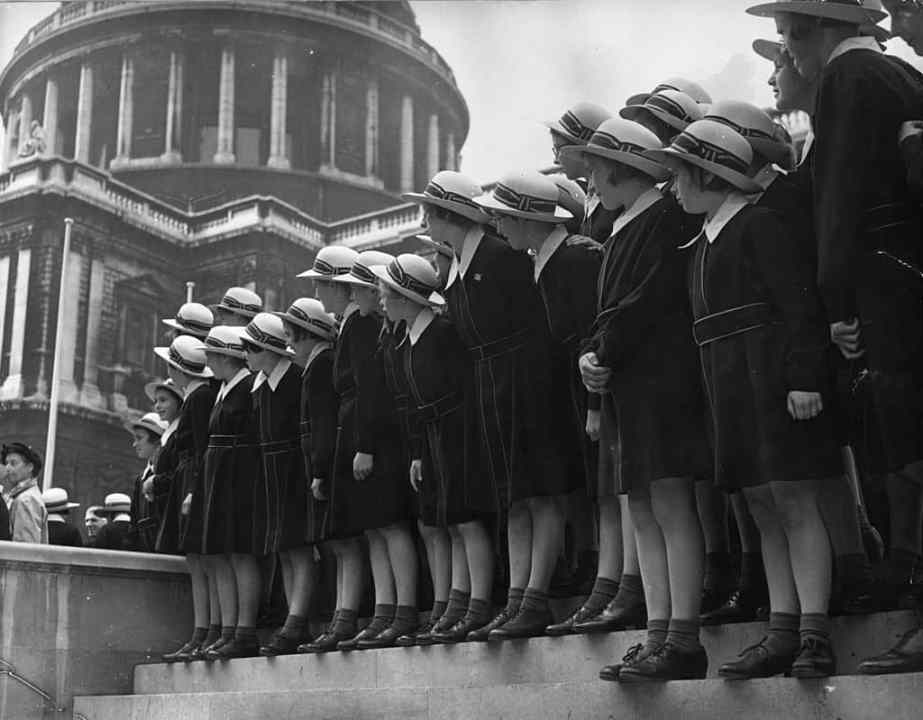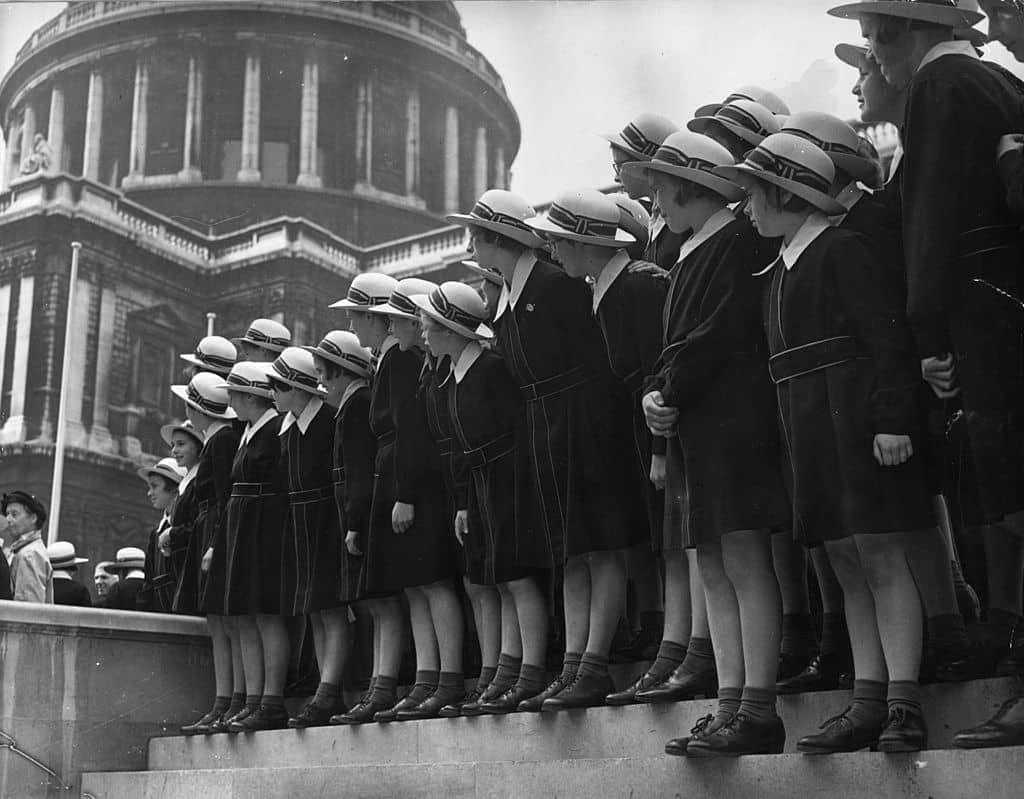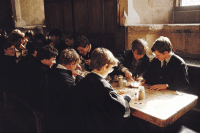There are moments in life that serve as a wake-up call to adulthood. Perhaps, the first was sitting in the beige office of a mortgage broker, wondering how my soon-to-be-husband and I had made the leap from meeting on a sweaty Durham dance floor to this airless room in Holborn. More recently, it was looking around a primary school for our four-year-old-son. Mindlessly staring at wall displays of woodland animals, you’re racking your brains as to how you will finish work at 3pm for pick up come September and scramble enough childcare for a six-week summer holiday. Goodbye 52-week-a year nursery.
But book yourself enough tours at enough schools, and you swiftly find yourself in the swing of things. There are those that can only be described as a bad Tinder date: a headmaster with a limp handshake, peeling wallpaper and sweaty lunches under plastic lids that leave you wanting to bolt after the first drink (or classroom), but you know you have three courses (a whole other wing and the forest school) to endure. Or the tour of the wildly expensive prep school – the fees of which would rely entirely on the sudden death of an unknown (rich) relation and serves only as some cruel apple of temptation. But mainly, with more visits, comes the confidence to ask what you really want to know.
Approaching the whole thing like a house viewing is not a bad tack to take
A tour on a normal working day appears to be the gold-plated solution, whether it’s for primary or secondary. But less personal open days shouldn’t be overlooked, says Charles Bonas, director of Bonas MacFarlane which prepares for and places children into leading schools and universities. Here is a chance to get an impression about the other people applying (telling) and leeway to go off-piste, quietly tagging along at the back to look at notice boards or chat to lingering pupils.
Letting a teenager take the lead with a prospective parent seems a strangely perilous strategy (‘If you were trying to sell a £200,000-plus car, which is what it nearly now costs [for five years of public school], you probably wouldn’t get a 16-year-old to do it,’ says Bonas.) But asking pupils to do tours is also a savvy marketing tool. As former prep school headmaster and education consultant at Ivy Education Peter Clare-Hunt says: ‘the lovely rogues’ are very often the best ambassadors of all (presumably if you spy something a little rogue in your own child). And while a head might reflect the ethos of the school, you can count on students to tell it like it is.
Approaching the whole thing like a house viewing is not a bad tack to take: don’t be fooled by the showpiece bedroom in the boarding house (instead knock on the boy’s room next door who hasn’t been given orders to tidy up); make multiple visits in different seasons if that’s what you need to make a decision; and just like you might suss out the neighbours of a potential new house, try to get a glimpse of the bigger picture: the students in the wild. Bonas was won over by Thomas’s in London for his own son when a group of the school’s children outside the gates struck up conversation with him, his wife and their late dog.
Navigating PR spiel can be more hazardous. Visits to the oldest public schools can fall into the trap of becoming gimmicky historic tours, better suited to a tourist than a prospective parent. And amidst an arms race of facilities, there is, says Bonas, generally too little emphasis placed on seeing how the children are taught. On a tour by Toby Young of his West London Free School, Young didn’t have showy facilities to prioritise, even if he had felt the need to, so rather than poking their heads around doors they actually sat in on lessons and looked at the books.
The chance to sit down for lunch is a fast-track way to get under the skin of the place, and defensive answers to tricky questions can be dodged with ‘how’ questions (‘how do you deal with your drugs problem?’, rather than ‘do you have one?’). There is a lengthy tick list that canny parents should come armed with, says Clare-Hunt at Ivy Education (pastoral support, monitoring academic progress, reporting, pupil safety, class sizes, homework policies, how students are prepared for senior school or university entrance, what goes on outside the classroom, staff turnover…). But what this is really about is a gut feeling. ‘I think as a prospective parent you will instinctively gauge in a very short period of time whether that school is going to be right for your child,’ he says.
And for some it’s enviably straightforward. There’s the tale of the Chinese restaurateur who is said to have not understood a word of his tour around St Mary’s Calne in rural Wiltshire but judged it in the same way he would the restaurants he ran: it was clean, and it was purposeful. You quickly realise that buzz word talk of outdoor learning or sport for all becomes white noise, because what you’re really wondering as you’re marched through the corridors, past squealing children or loping teenagers is not just can I see my child fitting in here, but do I want them to turn out like these ones?







Comments